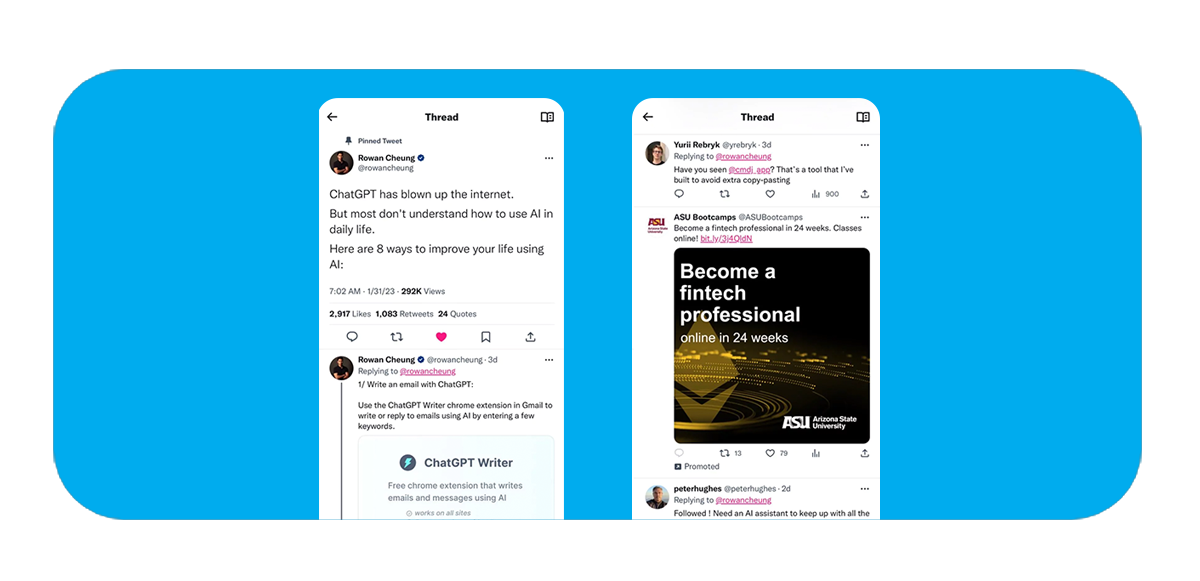How caring is Twitter’s ad revenue sharing model?

Circa November 11, 2022 when Elon Musk floated the idea of coaxing “cool” YouTubers onto his platform by offering them a %10 incentive:
Elon Musk is becoming quite generous with his platform creators, taking the exodus of distrusting advertisers and the slashed-off expenses of those who remained.
Most social media platforms, in fact, have been searching for sustainable ways to monetize their content creators.
For example, YouTube has already begun its 2023 revenue sharing strategy with Shorts creators, replacing Shorts Fund. At the opposite end, Meta executives are still uncertain about launching a similar program, despite being necessary for the longevity of Instagram Reels.
Back to Twitter, soon to start sharing revenue from advertisements in reply threads with its Blue subscribers. Though it remains to be seen what percentage of the revenue creators will end up receiving, and if it suffices to compensate for the $84/year subscription fee.
Even more questions arise: Will there be any other (hidden) requirements? YouTube demands specific engagement and follower figures to allow entry into its affiliate program. Will tweets/threads flagged by @CommunityNotes be excluded? What about shadowbanned accounts? How will creators get paid?
In a nutshell, this does seem like a promising power move from Twitter. But we genuinely hope that Musk isn’t dangling the carrot just to boost his Blue subscriptions.
